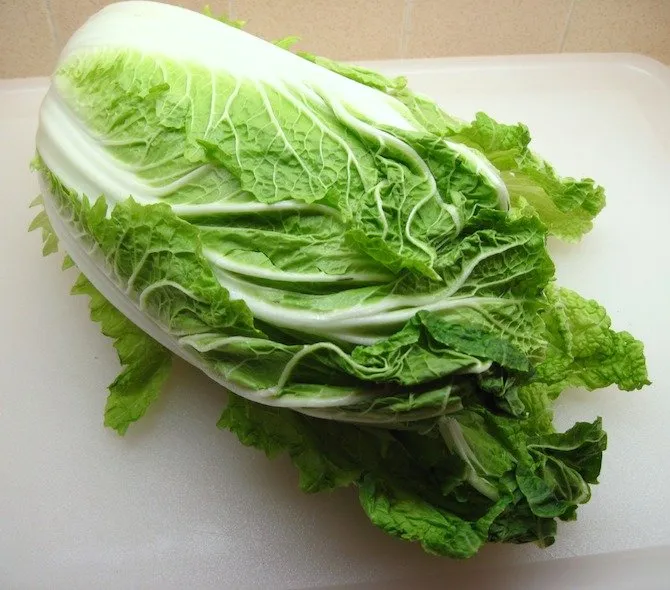Nothing like a fun little experiment to pique the interest of young minds. An interest in science is something that must be instilled from a young age and that means regularly coming up with new ways for your kids to interact with (and test) the limits of their world. The cabbage (or celery) water movement experiment is very simple but demonstrates how plants work in a straightforward–and colorful–way.

Supplies:
- 1 Napa Cabbage (or Celery)
- At least two clear containers
- Food coloring in several shades
- Water
 Instructions
Instructions
- Slice the cabbage from the stalk. Place at least one large piece of cabbage (stalk included) into each container.
- Pour water into each container.
- Add a few drops of food coloring to each container. Use a different color in each.
- Wait!

Plants like cabbage and celery have tubes in them called xylem that allow them to pull water from the ground and move it up through their leaves. This is how plants “breathe.” So, when you put cabbage in water with food coloring in it, you’ll get to actually see the water’s movement from the stalk up through the leaves.
This has the added bonus of coloring the xylem within the plant so you can see the path water takes through it. It’s simple, educational, and actually really nice to look at when all is said and done!
Image source: Laura Hamilton



Pingback: 20 Easy Science Experiments To Do At Home - Outdoor Play Project
Pingback: 7 Super Science Experiments (That You Can Do At Home!) – Sylvan Learning
Is this edible?